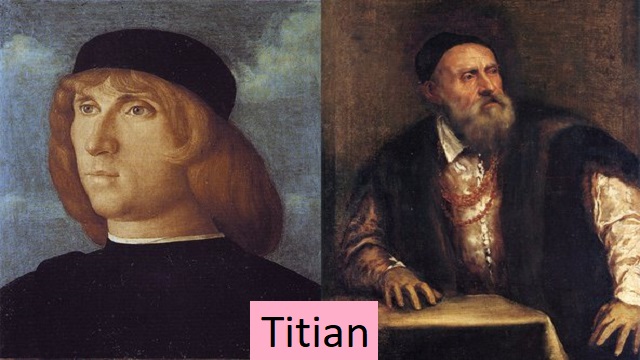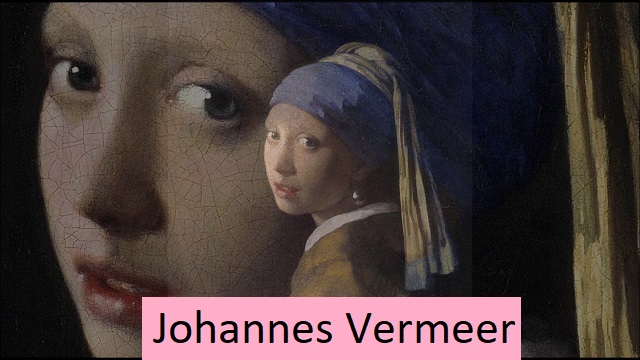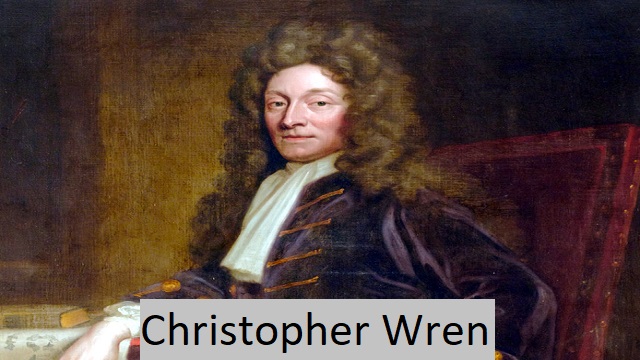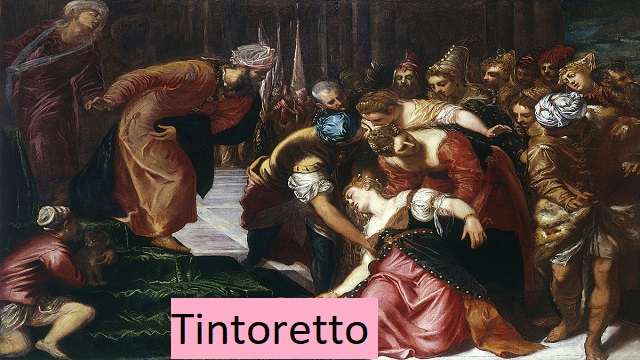Gian Lorenzo Bernini
Gian Lorenzo Bernini (December 7, 1598, Naples, Kingdom of Naples [Italy] – November 28, 1680, Rome, Pope) Bernini created sculpture in the Baroque style, and other artists are less important in discussions of this style. to the extent that first year.
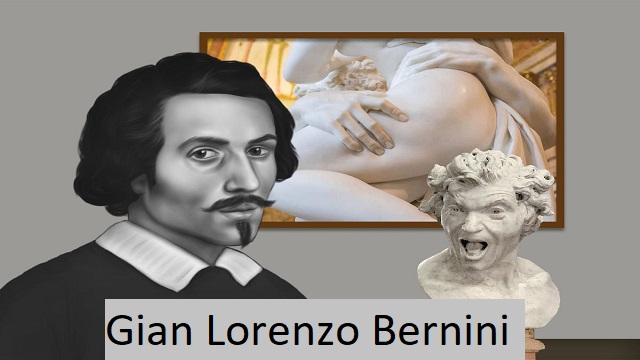
Early Years
Bernini’s career began under his father, Pietro his Bernini, a talented Florentine sculptor who later moved to Rome. The young prodigy worked hard, won the admiration of painter Annibale Carracci and the patronage of Pope Paul V, and soon established himself as a fully independent sculptor. He was deeply influenced by his extensive study of ancient Greek and Roman marble in the Vatican and had a deep knowledge of High Renaissance painting from the early 16th century. Study of Saint Sebastian by Michelangelo (ca 1617), engraved by Maffeo Cardinal Barberini, later Pope Urban VIII and Bernini’s greatest patron.
Bernini’s early works attracted the attention of Cardinal Scipio Borghese, a member of the papal dynasty. Under his direction, Bernini sculpted his first important group of life-size sculptures. The suite ranges from the almost random solo scenes of Aeneas, Anchises and Ascanius fleeing Troy (1619), to the powerful foreground of Pluto and Proserpina (1621-22) and the hallucinatory scenes of Apollo and Daphne (1622-24). It shows Bernini’s vision of progress. ). , is intended to be viewed as a relief from this point of view. Bernini’s David (1623-1624) shows the figure throwing a stone at an unseen opponent. Many of Bernini’s portrait busts during this period, including that of Robert Cardinal Bellarmine (1623–1624), show a new awareness of the relationship between the head and body, displaying an ability to render fleeting facial expressions with sharp realism. These marble works show a unique virtuosity in sculpting this firm material to achieve delicate effects usually found only in bronze sculptures. Bernini’s sensuous awareness of the surface texture of skin and hair and his new sense of shadow broke with Michelangelo’s tradition and marked the beginning of a new period in the history of sculpture.
Protection of the Eighth City by Gian Lorenzo Bernini
Under Urban VIII (1644-1623), Bernini entered a period of artistic productivity and significant growth. Urban VIII asked his student to paint and to practice architecture. His first architectural work was the restoration of the Cathedral of Santa Bibiana in Rome. At the same time, Bernini commissioned the creation of a symbolic structure over St. Peter’s Tomb in St. Peter’s Basilica in Rome. The result was the famous colossal canopy of gilded bronze between 1624 and 1633. The curved columns are derived from the early Christian columns used in the screens of old Saint-Pierre. Bernini’s most original contribution to the latter work is the top frame of crowned scrolls flanked by four angels carrying the sphere and the cross. The glass roof is in perfect harmony with the environment and you hardly notice that it is as high as a four-storey building. The vibrant lines leading to the Crown of Victory, and its dark color enhanced by burnt gold, give it the character of a living being. An unprecedented fusion of sculpture and architecture, Baldachin is the first true Baroque building. This eventually formed the centerpiece of a programmatic decoration designed by Bernini for the interior of St. Peter’s Basilica.Bernini then oversaw the decoration of the four supporting floors of St Peter’s dome with colossal sculptures, although only one of them, St Longinus, was designed by him. He also made a series of busts of a portrait of Urban VIII, but the first bust to achieve the quality of his earlier portraits was that of his great patron, Cardinal Scipione Borghese (1632). The cardinal appears in the act of speech and movement, and the action is captured in a moment that seems to reveal all the distinctive qualities of the subject. Bernini’s architectural duties were transferred to St. George’s after the death of Carlo Maderno in 1629. Peters and became the architect of Barberini Palace. At that time, he not only did the work himself, but as the number of orders increased, he had to ask for help from others. They set up their studio and planned the work so successfully that the sculptures and decorations created by the team virtually all looked like one piece. Bernini’s work, then and now, was shaped by his fervent Roman Catholicism (he attended mass daily and received communion twice a week). He agreed with the formula of the Council of Trent (1545-1563) that the purpose of religious art was to educate and inspire the faithful and to serve as propaganda for the Roman Catholic Church. Religious art should always be easy to understand, realistic and, above all, an emotional stimulus to piety. The development of Bernini’s religious art was largely determined by his conscious effort to conform to these principles.
Under Urban VIII, Bernini began to create new and different types of monuments – tombs and fountains. The tomb of Urban VIII (1628-1647) shows the seated pope, his arm raised in an imperious gesture, while below him two white marble figures represent the virtues. Bernini also designed an innovative series of small funerary monuments. The most impressive of these is that of Maria Rudge (1643). But his fountain is his most evident contribution to the city of Rome.The Triton Fountain in the Piazza Barberini (1642–43) is a dramatic transformation of a Roman architectonic fountain—the superposed basins of the traditional geometric piazza fountain appearing to have come alive. Four large shelled dolphins support a sea god who shoots water out of a conch shell.
However, Bernini’s early architectural projects were not always successful. In 1637, he undertook the construction of the belfries or belfries on the Saint-Pierre facade.However, in 1646, as their weight began to crack the building, they were pulled out, temporarily offending Bernini.
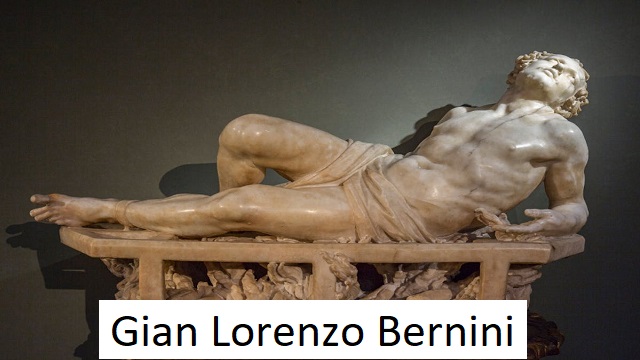
Supported by Innocent X and Alexander VII
Bernini’s most spectacular public buildings date from the mid-1640s to the 1660s. The Fountain of the Four Rivers in Piazza Navona (1648–1648) in Rome supports an ancient Egyptian obelisk on a hollow rock topped by four marble statues representing the four great rivers of the world.This fountain is one of his best creations.The greatest example of Bernini’s mature art is the Cornaro Chapel in Santa Maria della Vittoria, Rome, which completes a development that began early in his career. The chapel, commissioned by Federigo Cardinal Cornaro, is located in a shallow nave in the chapel. The centerpiece of his sculpture is The Ecstasy of Saint Teresa (1645–52), which depicts a mystical experience of the great Spanish Carmelite reformer, Teresa of Avila. Bernini followed Therese’s own account of the incident, describing Theresa’s dream in which an angel pierced her heart with a flaming arrow of divine love. The sculpted group shows a saint disappearing into a cascading cloth-covered void in celestial light in a niche above an altar, where architectural and decorative elements are well connected and articulated. Left and right in opera box-like spaces, several members of the Cornaro family appear in active attitudes of conversation, reading, or prayer. The Cornaro Chapel culminates in Bernini’s three-dimensional ideal. The figures of Saint Teresa and the angels are carved in white marble, but the viewer cannot tell whether they are round or simply in relief. Natural light from hidden sources above and behind, as well as gilded beams behind, are part of this group. The Ecstasy of Saint Teresa is not a sculpture in the traditional sense. Instead, it is a painted pictorial scene of sculpture, painting and light that also draws the believer into a religious drama.
In his later years, an increasing desire to control the surroundings of his sculptures led Bernini to focus more and more on architecture. Of the churches designed after Cornaro’s completion, the most influential is the Basilica of Sant’Andrea al Quirinale (1658–70) in Rome, with its dramatic high altar, soaring dome and unconventional oval plan. But Bernini’s greatest architectural achievement is the portico surrounding the square in front of St. Peter’s Basilica. The Great His Room’s primary function was to hold the crowds gathered for the Pope’s blessings on Easter and other special occasions. Bernini designed a large oval connected to the church by a trapezoidal courtyard – a shape resembling the arms surrounding the mother church. The permanent columns were a novel solution to the need for a permeable enclosure. The square leads the visitor into the church and acts as a counterweight to the very wide facade of Saint Peter’s Basilica. Bernini’s oval encloses a space centered on the Vatican obelisk, which Sixtus V placed in front of the church in 1586. Bernini moved an old fountain by Maderno into the main axis of the square and built two twins on the other side in each scenography. The comparisons with Bernini’s oval plan of Sant’Andrea al Quirinal are remarkable, as are the differences in meaning and function. Bernini’s most ornate religious decoration is St. Peter’s Throne or Petri Church (1657-1666). This is a gold-bronze cover for a medieval wooden papal bed (cathedral). Bernini’s work was not only to create decorative coverings for the seats, but also to create meaningful targets for the apse of St. Peter’s Basilica for pilgrims to travel around the cathedral. The seat is supported by four imposing bronze figures representing the doctors of theology of the early Church: Saints Ambrose, Athanasius, John Chrysostom and Augustine. Above, a golden glory of angels in the clouds and the light rays of the dove of the Holy Spirit, which is depicted in an oval window. The cathedral was built at about the same time as the square, and the contrast between the two works shows Bernini’s versatility. Both works were created for Pope Alexander VII, one of Bernini’s greatest patrons. Designed by Bernini for Alexander VII (1671–78), the tomb was largely executed by his disciples.
In addition to his major works, Bernini went on to create several busts. The first, Francesco I, Duke of Modena (1650–51), crowned his portraiture revolution. Much of the freedom and spontaneity of the bust of Cardinal Borghese is retained, but integrated with a heroic grandeur and majestic movement that embodies Baroque ideals of a man-like figure.
Travel to france
Bernini left Rome for Paris in 1665, his only long absence. The visit was made in response to invitations made to him by Louis XIV over the years, with the aim of designing a new royal residence for France. Bernini was so famous in his day that the streets of every town he passed through were packed with people. His first reception in Paris was equally triumphant, but he soon infuriated his sensitive hosts by brazenly praising Italian art and architecture at the expense of France. His remarks made him unpopular in the French courts and helped reject his project for the Louvre. The only remnant of Bernini’s trip to France is the colossal statue of Louis XIV. It is the upright, upright, motionless figure of the Sun King, looking down with divine power. This image set the standard for royal portraiture that lasted for 100 years.
Last Years Gian Lorenzo Bernini
Bernini’s late sculptural work is inevitably overshadowed by the historic project of St. Peter’s Basilica, but some are of great importance. For the Chigi Chapel of the Church of Santa Maria del Popolo in Rome, he created two groups, Daniel and Abakuk and the Angels (1661-1655) of the Lion’s Den. These works mark the beginning of his later style: elongated bodies, expressive gestures, simple yet terrifying emotional expressions. The same features were already found in the auxiliary figures of San Pietro’s assistants, down to the moving angels of Rome’s Ponte Sant’Angelo, rebuilt between 1667 and 1671 by Bernini with the help of his assistants. it happens. Pope Clement IX (1667-1669) considered the angels sculpted by Vernini to be more precious than those placed on the bridge. The restored Ponte Sant’Angelo over the Tiber is a forerunner of the Vatican, and Bernini’s other works (Piazza, Scala Regia, Canopi and St. Peter’s) express the papacy even more forcefully. For support and inspiration. Roman Catholic pilgrims to this place. In his later years, Bernini created another decoration for St. Peter’s Basilica, an altarpiece for the Santissimo Sacramento chapel (1673-1674). The soft and human worship of the angels contrasts with the immortal bronze residential architecture surrounding the angels, which is typical of Bernini’s late style. In his later years he seems to have found in the uncompromising canons of architecture a pleasant contrast to the ephemeral human condition.
Bernini’s greatest later work is Rome’s humble Altieri Chapel at San Francesco a Ripa (c. 1674). In a relatively deep space above the altar are statues depicting the death of the Blessed Ludovica Albertoni. Bernini deliberately separated architecture, sculpture, and painting into separate roles, reversing the process by which the Cornaro Chapel was born. In this sense, the Altieri Chapel is more traditional, a change within the church over the past few years. Rather than fill the arched opening, the sculpted figure of Ludovica occupies the floor of a large space lit by a skylight above a curtain that wraps around the reclining figure. Her hands holding her breasts mildly hint at her agonizing death. Bernini died at the age of 81, served eight popes, and when he died was widely regarded not only as Europe’s greatest artists but also as one of its greatest men. The latest in an impressive line of world-class Italian talent, the Baroque style he helped create was the last Italian style to become an international standard. His death marked the end of Italian artistic domination in Europe. The style they developed was continued for several decades in different parts of Europe by the Roman architects Mattia de Rossi and Carlo Fontana, the Austrian G.B. Fischer von Erlach, and the Bavarian brothers Cosmas and Edgid Quirin from Assam. generations.
Read also: Le Corbusier


